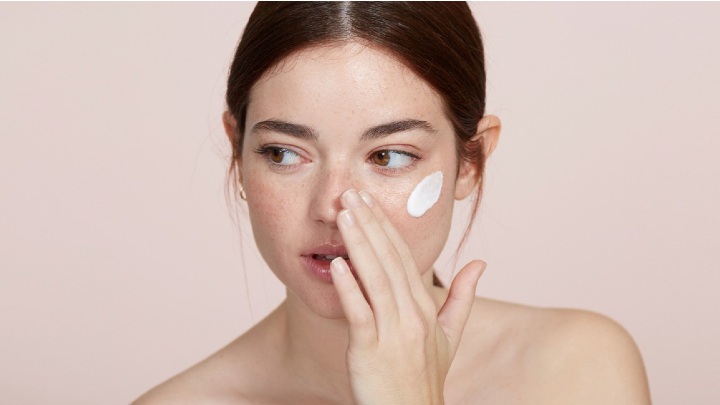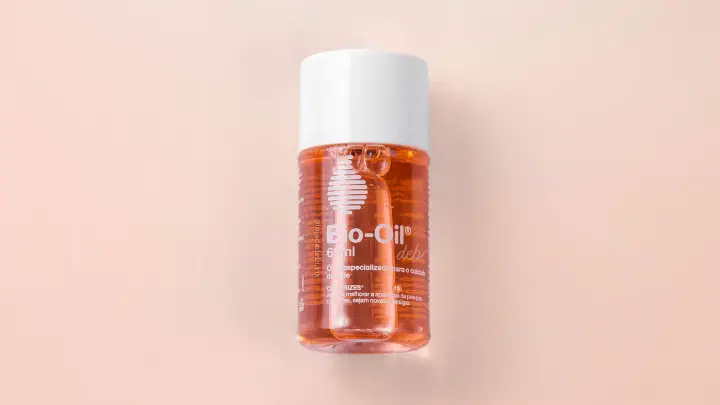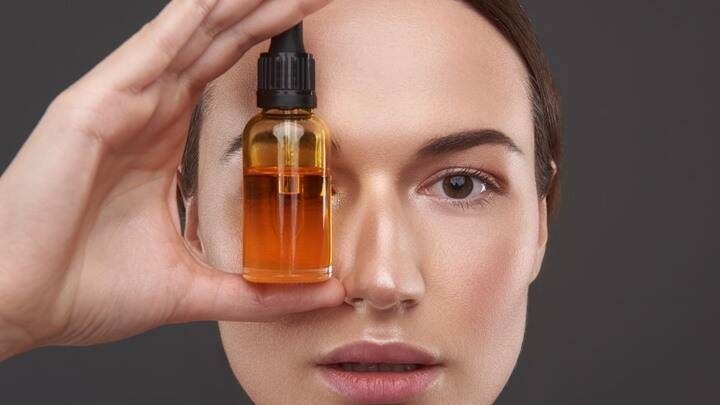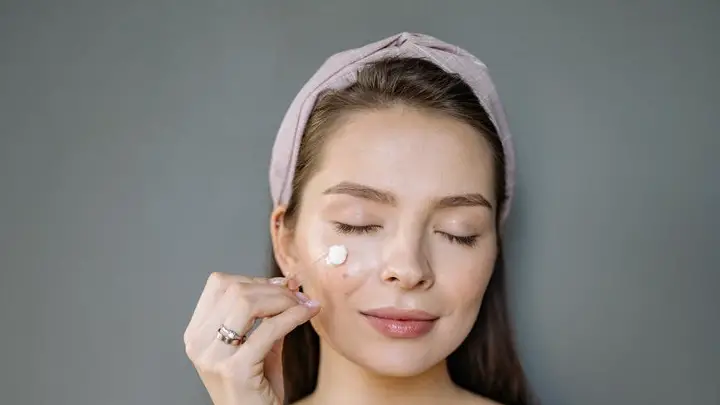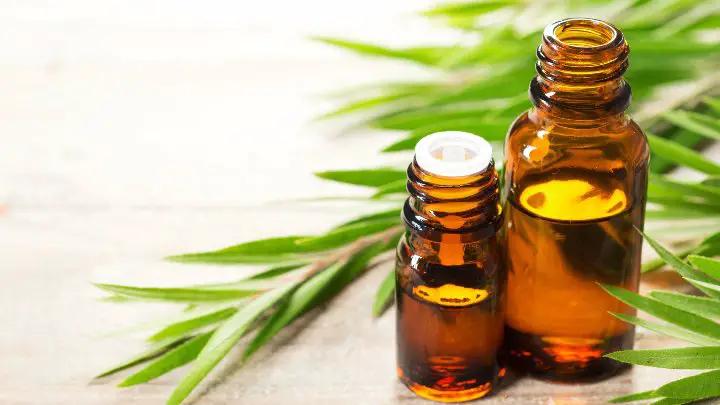If you’ve found this article about how to use moisturizer, chances are that you want to learn more about it. Well, you’ve come to the right place. I’ll be going over everything there is to know about using moisturizer.
You have to realize that your skin is the number one organ in your body. The skin has to work hard to protect us from harm and keep the rest of our organs functioning properly.
Because of this, you need to take care of it by keeping it properly moisturized at all times. This article will help you better understand how to use a moisturizer so you can enjoy healthier-looking and hydrated skin.
How to Use Moisturizer
Step 1: Wash Your Face
It may sound basic, but the first step is washing your face. Before applying any topical products, you want to make sure that your skin is clean and free of any dirt or impurities. If your skin is dirty, it will not absorb the moisturizer correctly.
You can do this by using a facial cleanser or mild soap and water to remove all dirt and oil from your skin.
Step 2: Apply a Toner (If You Use One)
Toner is a liquid that contains alcohol and water to help remove cleanser residue, dirt, and makeup from your skin. Toners also balance out your skin’s pH levels and help control oil production by removing excess oil from your face.
Tone your skin by pouring a few drops of toner on a cotton ball and wiping it all over your face. Wait for the toner to dry, before slathering moisturizer all over your face.
Step 3: Apply Your Moisturizer
Squeeze a dime-sized amount of moisturizer onto the palm of your hand and rub it between both hands until it is thoroughly blended.
For best results, start with your forehead, then move down to your cheeks, chin, nose, and neck. Be sure to use upward motions to promote blood circulation and allow the moisturizer to penetrate deeper into the skin.
Do not use so much product that you feel greasy or sticky, but do apply enough product so that you don’t feel dry after application.
Step 4: Use Sunscreen
Apply sunscreen 15 minutes before going outdoors and reapply after two hours of being outdoors. The sunscreen will help protect your skin from the sun’s harmful UV rays, thereby increasing the effectiveness of your moisturizer.
Additionally, try not to spend much time in the sun and keep yourself covered with hats or umbrellas when possible. Also remember to wear sunglasses when going outdoors, especially on bright sunny days.
Tips for Using Moisturizer Effectively
Know your skin type
You should not use just any moisturizer on your face. You should first find out what kind of skin you have if it is normal, sensitive, oily, or dry. Read the label on the bottle to make sure that you are using a moisturizer that will work best on your skin.
Don’t skip the cleansing step
Cleanse your face first with a gentle cleanser or even just warm water and a washcloth if you don’t have a cleanser. Dirty skin will absorb dirt and oil back into the pores when you apply moisturizer, defeating the purpose.
Read the label
Not all moisturizers have the same ingredients in them. Some have more natural ingredients and others have chemicals and toxins in them.
The best way to find out what’s in a certain product is to read the label, which will tell you everything you need to know about what’s inside that bottle.
Choose unscented products
Moisturizers sometimes include fragrances, but these can cause allergic reactions and irritate sensitive skin. If you do opt for a scented product, choose a brand that doesn’t contain artificial fragrances.
Check for ceramides
Ceramides are especially helpful for people with sensitive skin who are prone to rashes and irritation. These lipids help nourish and hydrate skin cells, so they play an important role in keeping them looking young and healthy.
Find a natural product if possible
The best kind of moisturizer will be made with natural ingredients rather than chemicals. Your skin absorbs whatever you put on it, so it’s best not to take chances with artificial additives that could cause problems later on.
Consider any allergies or sensitivities
If you have sensitive skin, you may need a fragrance-free moisturizer or something with fewer ingredients. If you have an allergy to an ingredient in a product, do not buy it, choose another product instead.
You need sunscreen protection
Many people think they don’t need sunscreen as much when they use a moisturizer, but this isn’t true. Use sunscreen with SPF 15 or higher to avoid damaging your skin and reduce the effect of your moisturizer.
Moisturizer Benefits for Skin
Moisturizers are beneficial for several reasons. Here are just a few:
- They regulate the skin’s water balance, which keeps the skin hydrated. Water regulates skin cell activity and helps cells absorb nutrients from the blood.
- Moisturizers also help protect against irritants such as harsh soaps, environmental factors, and UV rays.
- A moisturizer’s consistency can also provide relief from symptoms associated with dermatitis and eczema.
- Moisturizers supply the skin with several ingredients necessary to keep it looking soft, supple, and healthy-looking.
Tips for Maintaining Healthy Skin
- Wash regularly. Wash your face with a mild soap or cleanser twice each day to remove dirt, oil, and makeup.
- Apply a moisturizer at least once daily after washing your face or as directed by your dermatologist if you have oily skin or a tendency to develop acne breakouts.
- Exfoliate once in a while. Get a facial every 4-6 weeks.
- Avoid harsh soaps and chemicals, which can irritate your skin and make it more susceptible to sunburn and other damage.
- Keep your hands off it. Don’t pick at pimples or acne, which can lead to scarring or use products that can irritate your skin further.
- Apply sunscreen every day on areas that are exposed to the sun for protection against UV rays that can cause photoaging and skin cancer.
- Refrain from smoking since it can make your skin look older than it is by causing fine lines, wrinkles, and age spots.
- Get plenty of rest (at least 7 hours of sleep) and drink plenty of water.
- Eat a balanced diet (including omega-3 fatty acids) and exercise regularly.
FAQs
Should you moisturize in the morning?
Yes, you should. Applying your moisturizer in the morning ensures that it penetrates your skin deep enough to provide lasting moisture all day long.
You should also moisturize at night before bed to lock in hydration overnight. Be sure to avoid heavy night creams that can clog pores and cause breakouts, though; choose a lightweight formula instead.
How do you apply moisturizer to your hands?
Smooth the moisturizer over your hands, from the base of your palm up to your fingertips, using upward and outward strokes.
Use small amounts so that you don’t waste any product; you don’t want to use more than necessary because a small amount will go a long way toward keeping your hands hydrated.
When is the best time to apply moisturizer?
After cleansing. Apply your moisturizer immediately after cleansing while your pores are still open. This will give the moisturizer a better chance of penetrating your pores.
After applying your moisturizer, be sure to follow up with SPF protection (at least 15) while outside. Sun exposure contributes to skin aging, so protecting your face is a very important part of anti-aging skincare.
Conclusion
Moisturizers are an important part of a good skincare routine. Moisturizers help prevent flaking and dehydration, which can make your makeup look flaky and cause fine lines to appear. It also helps the rest of your products glide on more smoothly.
The best moisturizers are always going to be the ones that work well with your skin type. By finding a product designed specifically for your skin type, you can rest assured that you are receiving top-notch quality for your skin.
Thanks for reading.
Visit Serum101 if you’re interested in learning more about moisturizers.
